Carbon fiber tubes are rapidly becoming essential components in a wide range of industries, from aerospace to automotive. These lightweight yet incredibly strong materials offer a remarkable combination of strength, durability, and versatility. However, before any product can be trusted for its intended application, its performance must be tested under various conditions. Two key tests that come into play are hardness and compression testing. Let’s dive into the different techniques and tools used in these assessments, breaking down each one to help customers better understand how these processes work and why they matter.
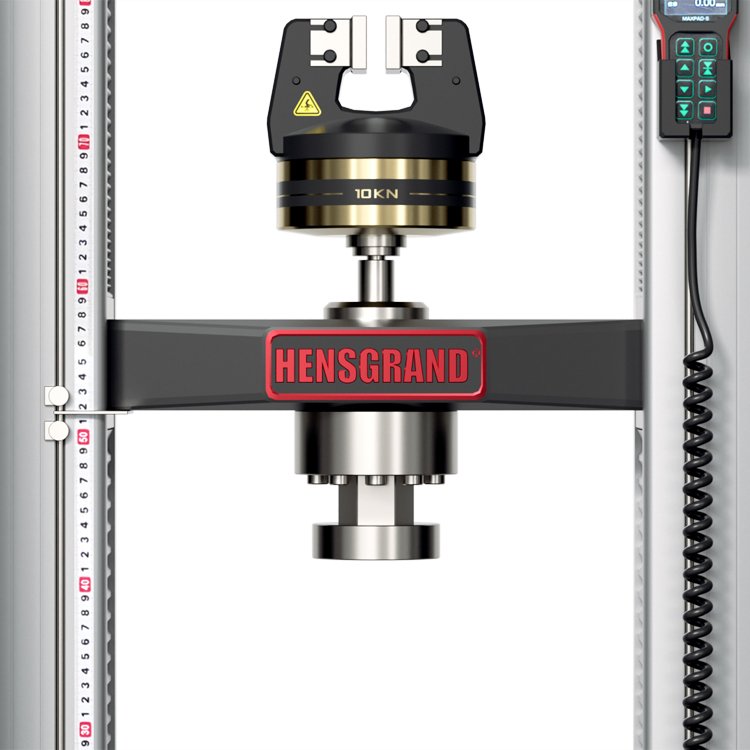
The Importance of Hardness Testing
Hardness testing plays a crucial role in evaluating the durability and wear resistance of carbon fiber tubes. It’s a method used to determine how well a material can withstand scratching, indentation, or abrasion. For customers, this is essential, particularly when their carbon fiber tubes are used in environments where surface wear could compromise the overall integrity.
Hardness testing typically involves pressing a specific indenter into the surface of the material. The depth or size of the indentation gives a direct measure of hardness. Several testing methods are available, each suited for different material types and applications.
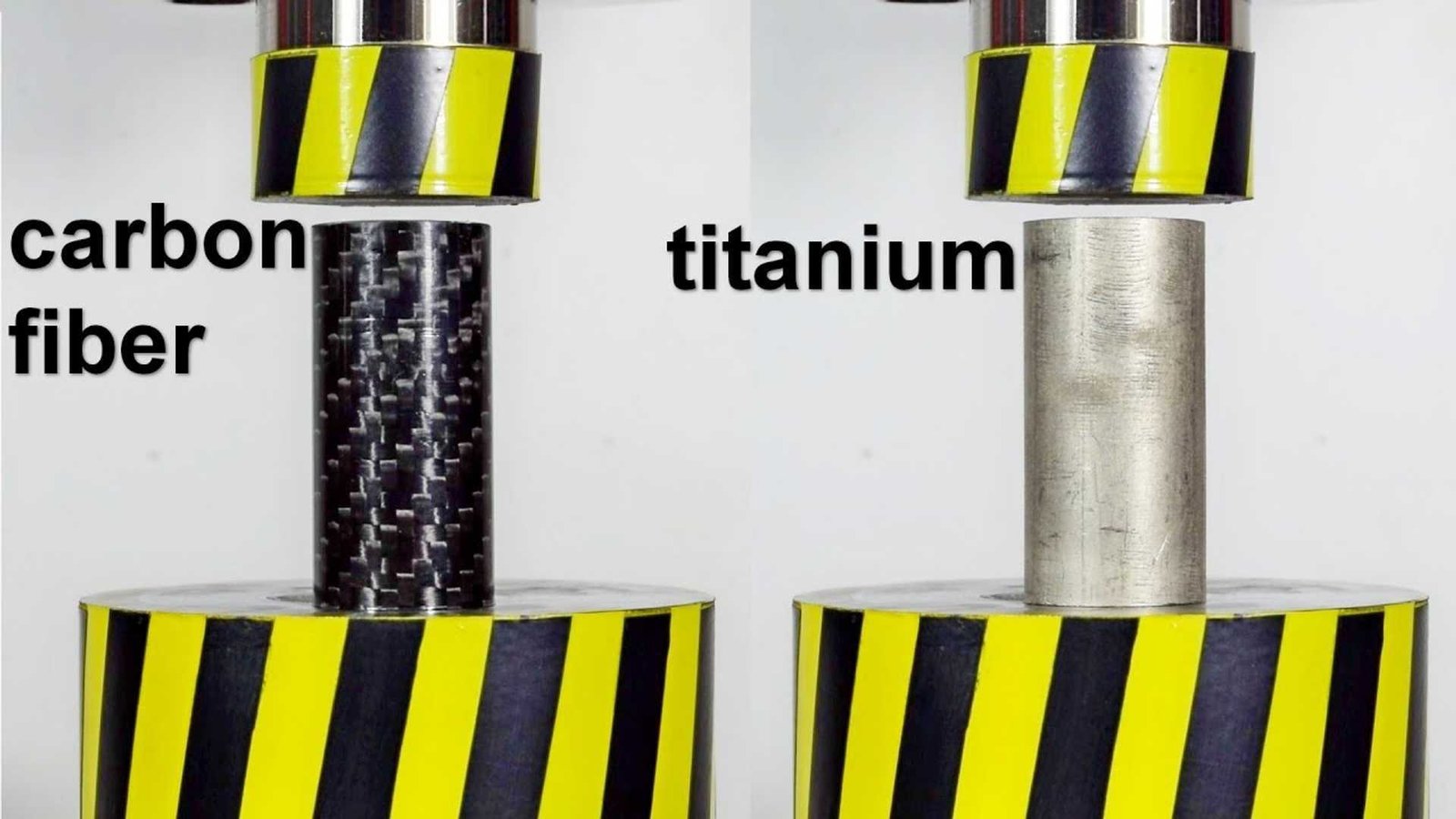
Brinell Hardness Test
One of the oldest and most common methods for hardness testing is the Brinell test. It involves using a hard steel or carbide ball indenter, typically ranging from 1 to 10 mm in diameter. This ball is pressed into the surface of the carbon fiber tube under a specified load. The diameter of the resulting impression is then measured to determine the hardness.
While the Brinell test is highly effective for materials like metals, carbon fiber tubes present a unique challenge. The indenter can sometimes distort or fail to create clear indentations due to the material’s relatively low surface hardness compared to metals. Nonetheless, for certain composite tube designs, this technique can still offer valuable insight.
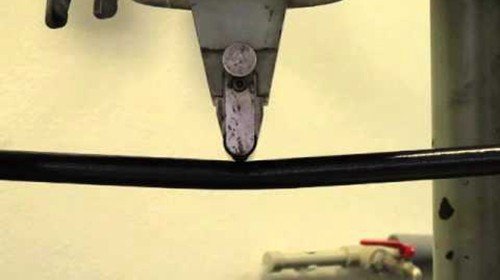
Vickers Hardness Test
The Vickers method, although more sophisticated, is widely used for materials that have a hard surface. It utilizes a diamond pyramid indenter, and the pressure applied is much greater than in Brinell testing. The Vickers test can be particularly useful for carbon fiber tubes with complex layers of resin and fibers, offering more precise and consistent results than the Brinell test.
For customers seeking a more refined measure of hardness, the Vickers test can give a clearer picture of how well the carbon fiber tube might stand up to wear and tear, particularly in applications like robotics or sporting equipment.
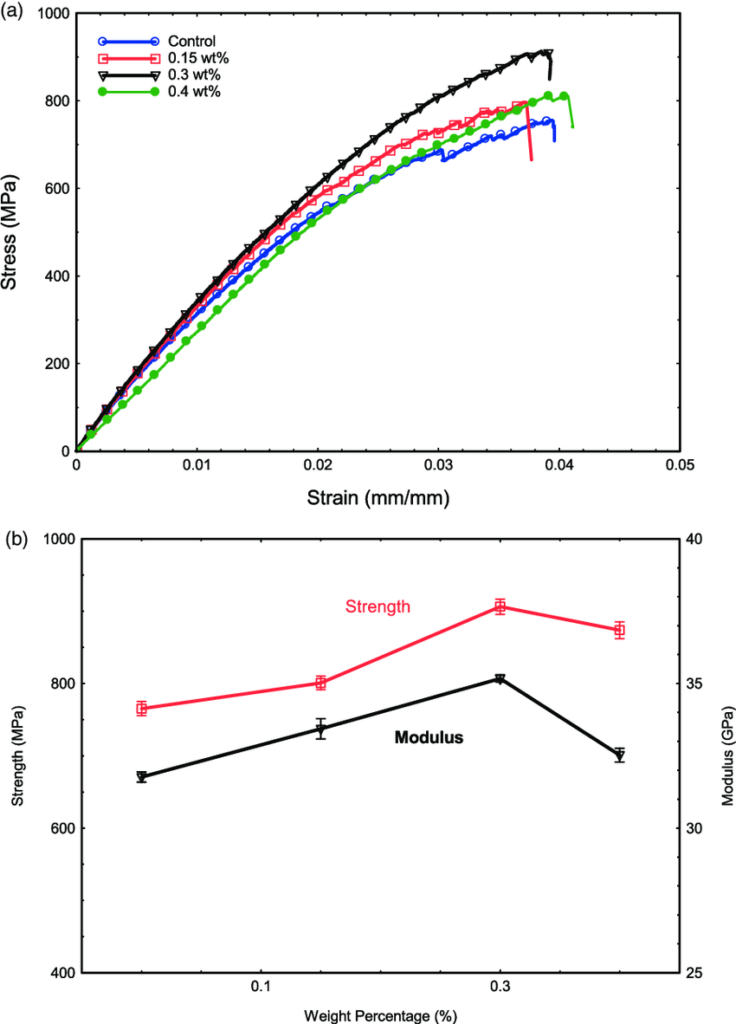
The Role of Compression Testing
While hardness testing evaluates the surface properties, compression testing assesses the material’s behavior under load. This test simulates the conditions carbon fiber tubes may experience during use, especially in high-stress environments. For customers relying on carbon fiber tubes in structural applications, such as aircraft components or heavy machinery, compression testing is indispensable.
Compression Testing Equipment
Compression testing equipment is designed to apply a load to the material in a controlled manner. The machine typically consists of two rigid plates that compress the test specimen. The load is applied gradually until the tube either deforms or fractures.
For carbon fiber tubes, these tests help determine how much weight or pressure the tubes can withstand without compromising their structural integrity. Customers often rely on these results to gauge whether the material is suited to their specific needs.
For high-performance tubes, such as those used in aerospace or sports equipment, compression testing helps determine their limits. Testing results provide crucial data about how the material behaves under various force directions and how it will perform in extreme conditions.
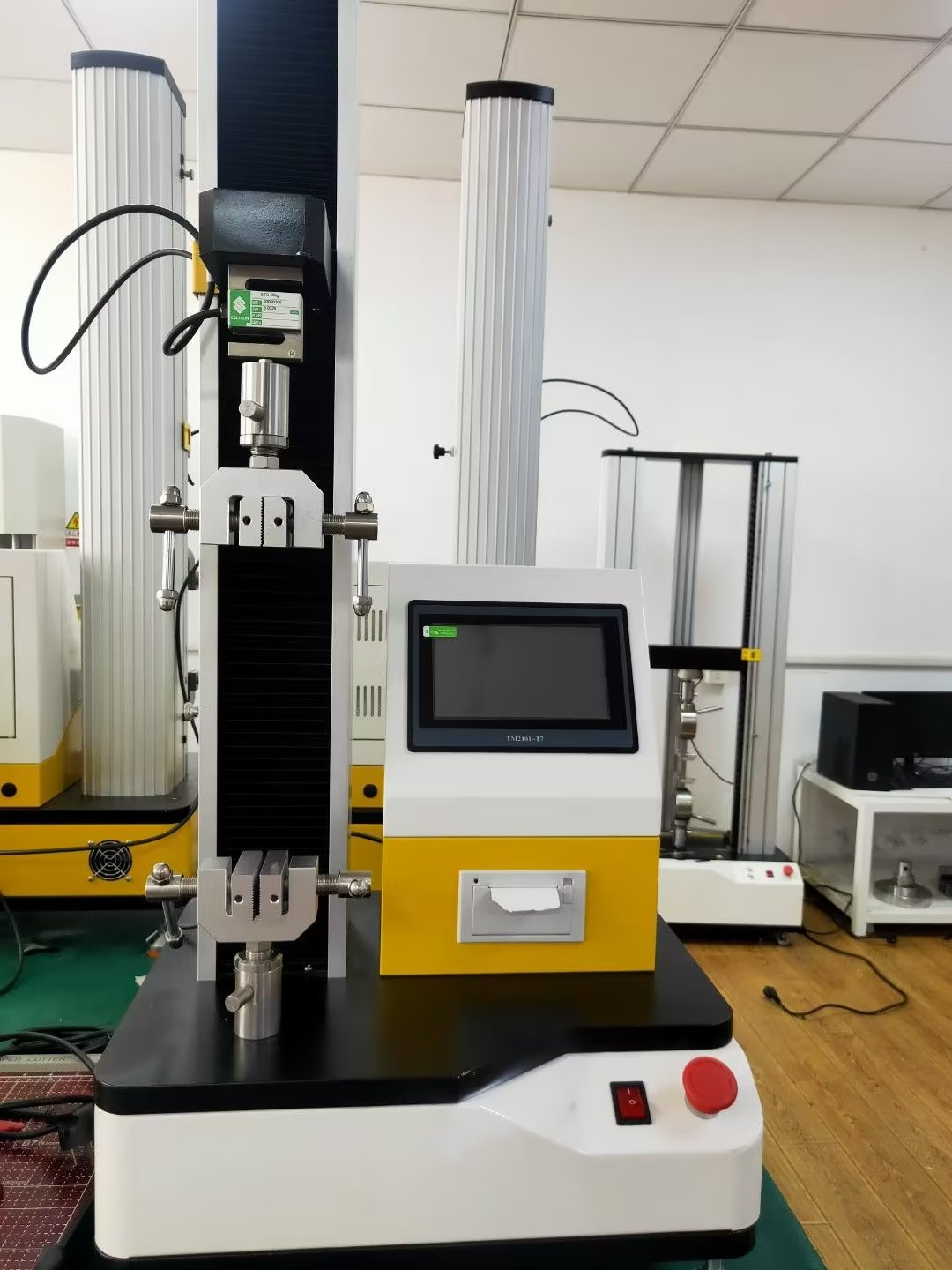
Uniaxial Compression Testing
Uniaxial compression testing, one of the most widely adopted methods, involves applying compressive force along a single axis. It is particularly useful for understanding how the tube will behave under pressure in a linear fashion. Customers using carbon fiber tubes for structural applications find this method invaluable for assessing their performance under typical stress scenarios.
In some cases, uniaxial compression testing may be supplemented with advanced imaging techniques, like X-ray or ultrasonic testing, to offer more detailed insights into the material’s internal behavior. For example, detecting internal voids, fiber misalignment, or resin inconsistencies can reveal critical weaknesses that would be impossible to spot without advanced diagnostics.
Challenges in Testing Carbon Fiber Tubes
Despite the advantages of hardness and compression testing, assessing the performance of carbon fiber tubes is not without its challenges. One of the main hurdles is the composite nature of carbon fiber materials. These tubes are often made of various layers, with different fiber orientations and resins that can affect how the material reacts to force. This complex structure means that a standard test may not provide a complete understanding of the material’s behavior.
Variability in Carbon Fiber Composites
The type of carbon fiber used—whether woven, unidirectional, or random mat—can influence the results of both hardness and compression tests. Similarly, the resin matrix that binds the fibers together plays a significant role. For instance, a resin with low curing temperature might behave differently than one that’s heat-cured. This means that customers must account for material variability when choosing testing methods.
Customers often need to ask the right questions: What type of carbon fiber tube is best suited for my application? Does it require special testing or analysis to verify its performance? Understanding the subtleties of the material helps customers select the most appropriate test methods.
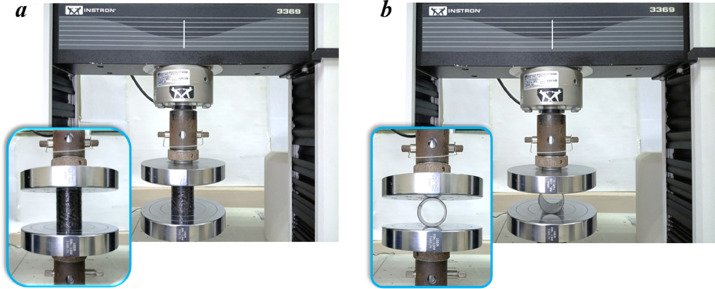
Common Mistakes to Avoid in Testing Carbon Fiber Tubes
While testing carbon fiber tubes is essential, it’s easy for manufacturers or customers to make mistakes in how they approach the process. A common error is failing to conduct tests under real-world conditions. Testing at standard temperatures and pressures doesn’t always replicate the extreme conditions that the tubes might face in the field.
Another issue lies in the selection of testing tools. Some customers rely on outdated equipment or general-purpose tools that may not provide accurate results for composite materials. Choosing specialized tools designed for carbon fiber composites ensures more reliable outcomes and can save costs in the long run.
Conclusion
Hardness and compression testing are vital steps in ensuring that carbon fiber tubes perform as expected in demanding applications. By understanding the various techniques and tools involved, customers can make more informed decisions about the materials they use. Whether it’s determining wear resistance through hardness testing or assessing structural integrity under pressure with compression testing, these tests offer insights that are crucial for selecting the right carbon fiber tube for the job.
For customers, these tests offer a way to maximize the performance and longevity of carbon fiber tubes. By partnering with trusted testing facilities and ensuring that the most appropriate methods are employed, customers can rest assured knowing that their carbon fiber tubes will stand up to the rigors of their intended use.
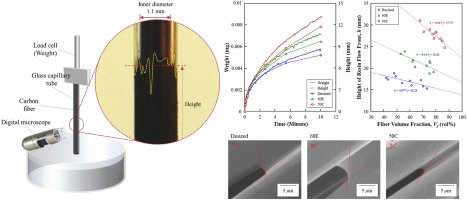
Carbon Fiber Tube Hardness and Compression Testing Report Sample
Product: Carbon Fiber Tube
Testing Date: 2025-02-13
Sample ID: 26*30*1000mm
Testing Objective: To evaluate the hardness and compression properties of carbon fiber tubes, verifying their suitability and durability.
Compression Testing Section
1. Uniaxial Compression Test
- Test Equipment: HY-5080 (Compression Testing Machine)
- Test Method: ASTM D695 Standard
- Sample Dimensions: Diameter 20 mm, Length 50 mm
- Load Rate: 1 mm/min
- Max Compression Load: 120 kN
- Compression Modulus: 40 GPa
- Failure Load: 118 kN
- Fracture Stress: 400 MPa
- Max Deformation: 2.3 mm
2. Composite Material Compression Performance Analysis
- Test Standard: ISO 14129
- Sample Type: Woven Carbon Fiber Tube
- Compression Strength: 320 MPa
- Max Deformation: 4.2 mm
- Failure Mode: Micro-crack propagation in the tube wall
Additional Testing
1. Rebound Performance Test
- Test Method: ASTM D3410
- Elastic Modulus: 30 GPa
- Rebound Rate: 90%
2. Internal Defect Detection (e.g., Ultrasonic Testing)
- Testing Method: Ultrasonic C-Scan
- Sample Dimensions: Diameter 25 mm, Length 100 mm
- Defect Type: No significant defects
- Testing Frequency: 5 MHz
Results Analysis
- Hardness Analysis: The Vickers hardness test shows that the sample surface exhibits high wear resistance, making it suitable for long-term load-bearing applications, especially in high-precision mechanical components.
- Compression Test Analysis: The carbon fiber tube can withstand up to 120 kN of pressure and remains stable under heavy load. It is suitable for structural applications in aerospace and automotive sectors.
- Defect Analysis: The ultrasonic testing results show no significant internal cracks or voids, indicating that the manufacturing quality of the carbon fiber tube is high.

7 Responses